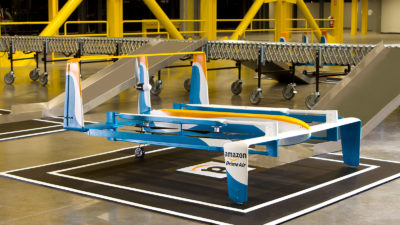Progress made toward hydrogen-powered aircraft and biofuels
By BHUPENDRA KHANDELWAL AND KATHARINE COGGESHALL|December 2019
The Terrestrial Energy Systems Technical Committee works to advance the application of engineering sciences and systems engineering to the production, storage, distribution and conservation of energy for terrestrial uses.
Globally, the decrease in fossil fuel reserves and the advent of a climate emergency are pushing society toward different energy sources for propulsion. Renewable power sources may always lack sufficient energy density for some aerospace applications, and therefore additional options need to be explored.
Compressed or liquified hydrogen has high specific energy and energy density, making it a good candidate for powering gas turbines in aircraft. However, due to emissions and onboard storage challenges no more study has explored the use of hydrogen as an aviation fuel since the multinational CRYOPLANE Project of the 1990s and early 2000s.
This year saw a renewal of interest in hydrogen as a potential source of propulsive power for aircraft. In a variety of conference presentations and journal papers between June and September, researchers from the University of Sheffield and Cranfield University in the United Kingdom and FH Aachen University of Applied Sciences in Germany proposed new micromix-based combustor concepts in which thousands of small flames would maintain combustion. Such designs would produce limited NOx (nitrogen oxide) emissions from the burning of hydrogen with incoming air. These combustors have been proposed to offer lower NOx emissions and good flame stability limits. If successful, these combustors could pave the way for future hydrogen-powered aircraft.
On another front, researchers at Los Alamos National Laboratory identified ideal algal strains for producing cost-effective, refinery-compatible diesel and jet fuel precursors.
Biologist Christina Steadman of LANL designed a new suite of flow cytometry techniques and described them in a November paper in the journal Algal Research. These methods fast-track the process of identifying ideal strain candidates for genetic enhancement. Steadman can track algal physiology and function within a given strain.
Beyond the identification of strains well-suited for bioengineering, Steadman’s techniques also aid in evaluating how algae strains react after bioengineering takes place. Complicated metabolic interactions cannot always be predicted.
Also, Amanda Barry, a LANL biologist and program manager, furthered her groundbreaking 2018 research by identifying additional algaes that have the ability to break down raw plant biomass, revealing this characteristic to be more common across algae genera than previously thought.
Barry’s 2018 research on Auxenochlorella protothecoides, described in the September 2018 issue of Algal Research, established the first report on direct degradation and utilization of raw plant hemicellulose by a freshwater alga. She showed that the algae can grow, both phototrophically and heterotrophically, by feeding on dried and chopped switchgrass (common lawn residue).
Feeding algae with lawn clippings could help make algal biomass production economical, given that lawn clippings are inexpensive or free. The costs of producing biomass from algae compared to the current cost of fossil fuels has been the limiting factor for viable biofuel competition. Both Steadman’s bioengineering approach and Barry’s all-natural approach promise increased algae biomass and lipid production, which are needed to produce diesel and jet-fuel precursors, at a reduced cost.



































